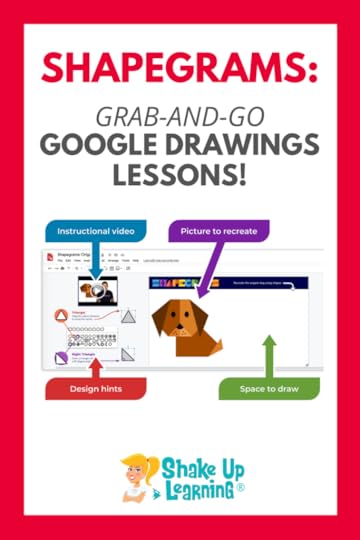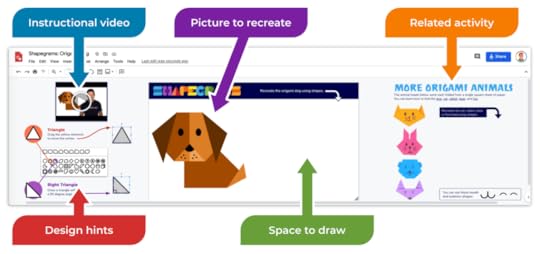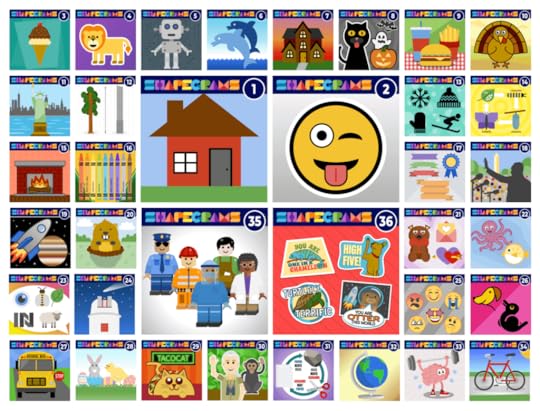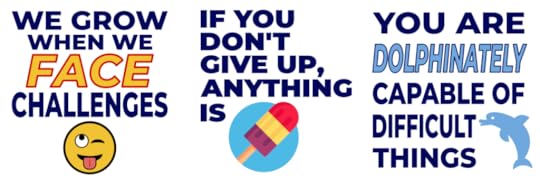Shapegrams: Grab-and-Go Google Drawings Lessons
The post Shapegrams: Grab-and-Go Google Drawings Lessons appeared first on Shake Up Learning.
I have long been a fan of Tony Vincent and his website and resources at LearninginHand.com. Tony is one of the most creative  educators I know.
educators I know.
One such creative project that has blown me away is his Shapegrams projects (grades 2-8), an image challenge for students to recreate images using Google drawings.
In this post, Tony will show you how Shapegrams can challenge students much like a puzzle while also teaching them technology skills.
These grab-and-go Google drawing lessons are so much fun!
#Shapegrams – grab-and-go Google drawing lessons from @tonyvincent
Click To Tweet
Below is a guest post by Tony Vincent.
Shapegrams: Grab-and-Go Google Drawings Lessons
You might be looking for quality activities that students can do independently. The best independent activities tend to be engaging, easily understood, and worthwhile.
You might be looking for ways to boost students’ communication, creativity, and technology skills. You might not feel comfortable teaching specific drawing and graphic techniques.
I might have a solution that would work well for you and your students. I’ve made a sequence of lessons called Shapegrams. Each Shapegram challenges students to recreate a picture using shapes. Think of it like a puzzle–a puzzle that helps students level up their drawing skills.
Shapegrams are packaged inside a series of Google Drawings documents. Each contains an instructional video, design hints, and a related activity.

Shapegrams are designed to be very low prep. It’s easy for teachers to grab a link to a Shapegram and send it to students.
Go to shapegrams.com/get and copy a Shapegram’s link.
Send the link to students.
Students click the link and are prompted to make a copy.
Students watch the video and recreate the picture.
Encourage students to put a creative spin on their pictures.
Thirty-six Shapegrams are sequenced to build students’ capabilities gradually. The first four are freely available. Students learn about fills, borders, zooming, duplicating, rotating, aligning, ordering, grouping, and flipping in those four initial lessons. They also learn helpful keyboard shortcuts.

A Shapegrams membership gets you access to all Shapegrams and gives you a license to distribute them to your students. The skills become more advanced, and students practice things like drop shadows, custom gradients, hex codes, perspective, and drawing emotions.
Membership is $35 per year for one teacher. School accounts are available for teams, schools, and districts. Membership is affordable because I believe in the importance of what students learn by doing Shapegrams challenges.
When I taught fifth grade, a new Shapegram greeted students in our Google Classroom for their morning message every Wednesday. By the end of the school year, my students could expertly draw their own clipart, diagrams, and models. Their skills are transferred to Google Slides and other apps.
Shapegrams are challenging, and students can get frustrated. That’s why I’ve included growth mindset encouragement in each instructional video.

Shapegrams can be incorporated into a student’s day in a variety of ways:




